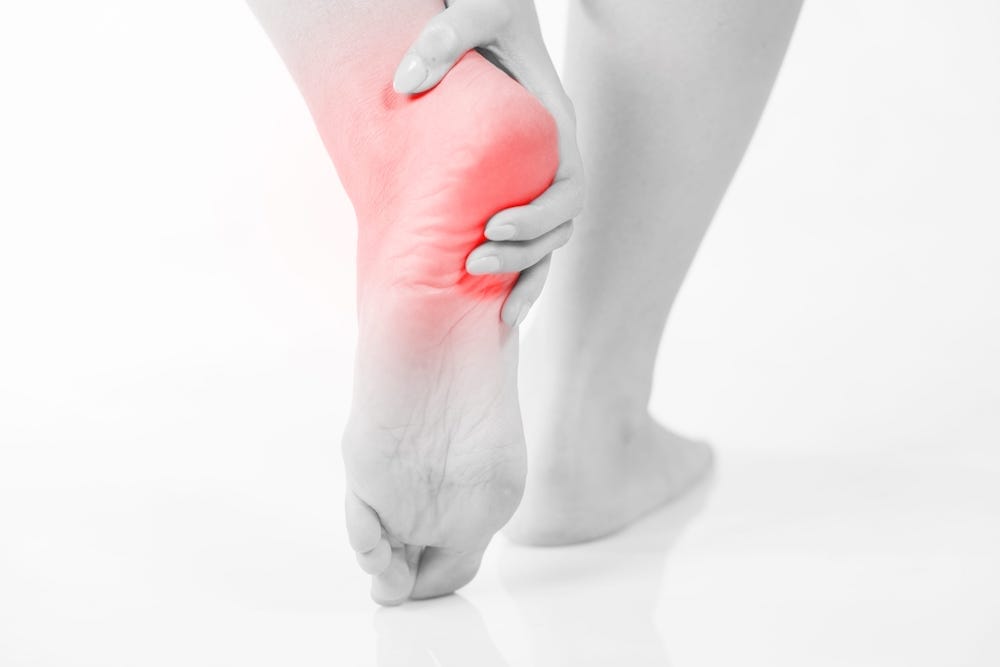Heel Spurs

What are heel spurs?
A heel spur is an abnormal bony outgrowth caused by calcium deposits on the bone in the heel. A heel spur can be located at the back of the heel, under the heel or beneath the sole of the foot.
How do I know if I have heel spurs?
Heel spurs may or may not cause pain. Sometimes the pain they cause is confused with plantar fasciitis (jump link to section on this condition), a condition that inflames the tissue that stretches from the ball of the foot to the heel. You can read more about plantar fasciitis here (jump to plantar again).
Heel spurs can be seen on an x-ray and diagnosed by a podiatrist. When heel spurs do cause pain it is usually intermittent pain experienced when you first stand up in the morning, walk, jog or run. It can feel like a knife or pin sticking in the bottom of your foot.
The symptoms of heel spurs can include:
- Tenderness on the bottom of your foot, just in front of your heel bone
- Pain on the bottom of your foot when you get up in the morning or stand up after sitting for a long time
- Pain when you flex your foot
- Limited motion when you try to move your foot up
What are the treatments?
There are non-surgical and surgical treatments for heel spurs. After proper diagnosis, our podiatrists will recommend the best course of treatment for you.
Non-surgical treatments include stretching exercises, taping muscles and tendons, shoe inserts and orthotics (we are specialty trained in this area), over the counter medications to relieve inflammation, and corticosteroid injections. Rolling the foot over ice can relieve pain.
Usually non-surgical treatments are tried for up to a year. If they don’t work surgery may be necessary to give you pain relief and allow you to return to normal activities. Surgical treatments include:
- Removal of the heel spur
- Release of the plantar fasciitis tendon that is pulling on, and contributing to, the heel spur
You can help to prevent heel spurs by following these recommendations:
- Wear shoes that fit well and have substantial, shock absorbent soles.
- Wear shoes appropriate for each exercise, i.e. running shoes for running, etc.
- Know how to stretch muscles and tendons properly before and after exercise.
- If you are overweight, losing weight can help to prevent heel spurs.
